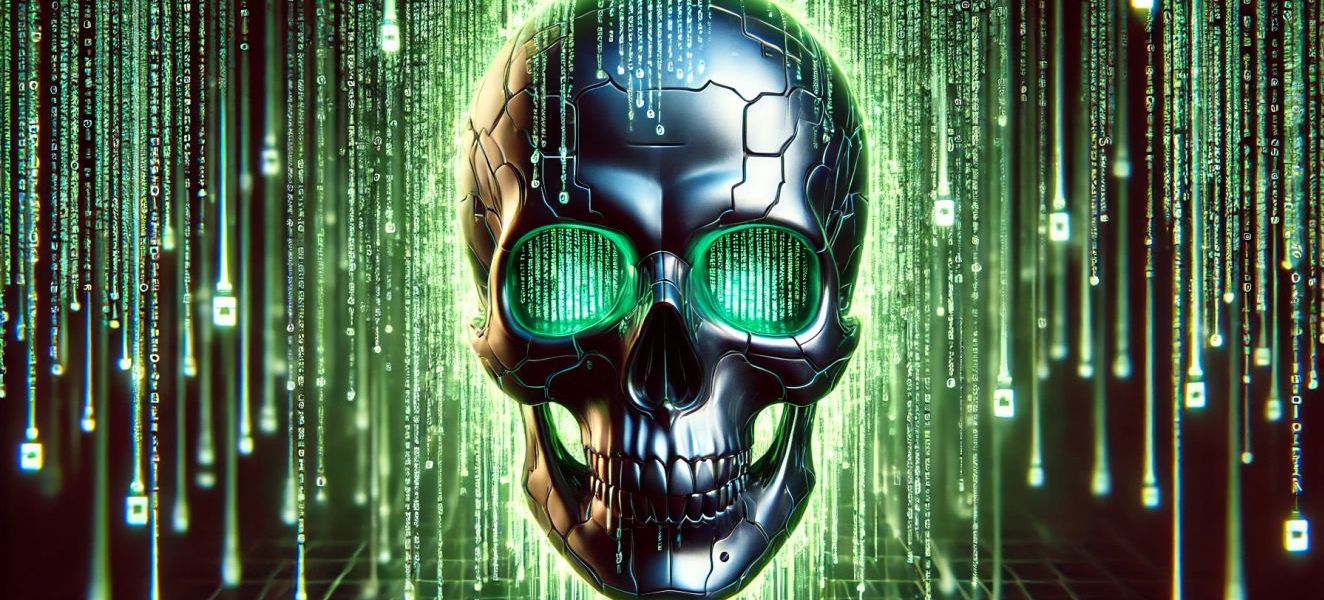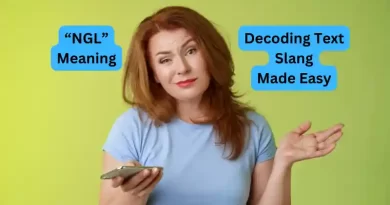Dead Emoji
The dead emoji 💀, with its stark black eye sockets, is a fascinating contradiction. It’s a symbol of death, yet it’s used more often to express humor than mourning. How did that peculiar emoji become such a popular part of our digital expression?
💀 Dead Emoji: Laughing in the Face of Death
The dead emoji 💀 is a unique symbol in the world of digital communication. With its distinct design featuring a skull with black eye sockets, the emoji might seem a bit eerie, but it carries a range of meanings and uses that go beyond its spooky appearance.
💀 What Does the Dead Emoji Really Mean?
At first glance, the dead emoji 💀 might seem to symbolize something ominous or related to death. This emoji is often used to represent the concept of death, either literally or figuratively. It might be used in conversations about death, horror themes, or spooky contexts.
However, its use is not limited to those serious connotations. The dead emoji has also been adopted to express more casual and humorous sentiments. For example, it may be used to convey a sense of being “dead” from laughter or exhaustion. When someone finds something extremely funny, they might use the dead emoji to exaggerate their reaction, implying that they are “dead” from laughing so hard.
💀 How the Dead Emoji Is Used in Different Contexts
The dead emoji may be employed in various ways depending on the context of the conversation:
-
Humor and Exaggeration: Often used in a playful manner, the dead emoji might accompany jokes or funny anecdotes. It’s a way of showing that something was so amusing or shocking that it metaphorically “killed” them with laughter or surprise.
-
Pop Culture and Media: In discussions about horror movies, Halloween, or spooky themes, the dead emoji might be used to enhance the eerie atmosphere. It helps set the tone for conversations about ghoulish or macabre subjects.
-
Casual Communication: Beyond its darker associations, its use could be more casual, describing feelings of being overwhelmed or exhausted. If someone had a particularly challenging day or a hilarious experience, they might use the dead emoji to humorously express their fatigue or amusement.
💀 The Dead Emoji: Misconceptions and Clarifications
Here are some common misconceptions and clarifications:
-
Misconception: The dead emoji always implies something morbid or tragic.
Clarification: While it represents death, it’s often used in a lighter, more humorous context to denote extreme reactions, like laughing too hard or being very tired. -
Misconception: The dead emoji is only used in serious discussions about death.
Clarification: In many conversations, the dead emoji serves as a playful exaggeration rather than a literal reference to death.
💀 The Dead Emoji’s Use in Social Media Trends
On platforms like Twitter, Instagram, and TikTok, the dead emoji is often used to amplify reactions and engage audiences. It’s commonly seen in:
-
Viral Memes and Trends: The dead emoji frequently appears in memes, where it enhances the humor or exaggeration of the content. Whether it’s a funny video or a meme about a trending topic, adding the dead emoji may help convey how overwhelmingly hilarious or impactful the content is.
-
Reaction Posts: When users share shocking or amusing news, they might use the dead emoji to express their extreme reaction. For instance, someone might post a surprising piece of celebrity news with the caption, “I’m dead 💀,” to show how astonished or amused they are.
-
Challenges and Hashtags: The emoji is often included in hashtags and challenge descriptions, especially those that involve humor or extreme reactions. Its use helps categorize content and adds a visual element that reinforces the theme of the challenge.
💀 Using the Dead Emoji in Messaging: Tips and Tricks
In direct messaging and conversations, the dead emoji could be a powerful tool to convey specific emotions and reactions. Here’s how to make the most of it:
-
Expressing Humor: When sharing a joke or funny story, the dead emoji could underline how hilarious you found it. It’s a way to show that you were so entertained you were “dead” from laughter.
-
Reacting to News: If someone shares something surprising or shocking, using the dead emoji communicates your astonishment or disbelief in a light-hearted manner.
-
Highlighting Fatigue or Overwhelm: If you’ve had a particularly exhausting day or overwhelming experience, the dead emoji can help convey your sense of being “dead” tired, or overwhelmed humorously.
-
Avoiding Misunderstandings: While the dead emoji is often used humorously, it’s important to ensure it fits the context of the conversation. In sensitive topics or serious discussions, its use might be misinterpreted. Always consider the recipient’s perspective to avoid potential confusion.
💀 Creative Ways to Use the Dead Emoji
Thinking outside the box might make your use of the dead emoji even more effective. Here are a few creative ideas:
-
Combining Emojis: Pair the dead emoji with other emojis to enhance its meaning. For instance, combining it with the laughing emoji 😂 or the party emoji 🎉 can amplify its humorous or celebratory tone.
-
Captioning Photos and Videos: Use the dead emoji in captions for photos or videos that capture moments of extreme fun, shock, or exhaustion. It adds a playful touch and helps set the tone for your post.
-
Interactive Content: Incorporate the dead emoji in polls or interactive content, like “Which meme made you feel this way? 💀” to engage your audience and add a visual element to your interaction.
FAQs About the Dead Emoji in Popular Culture
How has the dead emoji influenced meme culture?
The dead emoji has become a key element in meme culture, often used to enhance the humor and exaggeration in memes. Its ability to visually represent extreme reactions makes it a popular choice for memes that aim to amplify the punchline.
In what ways is the dead emoji used in artistic expression?
Artists and designers use the dead emoji in graphic design, fashion, and merchandise to add a playful or dramatic element. Its unique appearance and cultural relevance make it a versatile tool for creative projects.
What should I avoid when using the dead emoji in messaging?
Avoid using the dead emoji in serious or sensitive conversations where it might be misinterpreted. Ensure that its use is appropriate for the context and recipient to prevent any potential misunderstandings.
Should the dead emoji be used in a professional context?
The dead emoji is generally more suited for casual or humorous contexts. In professional settings, it’s best to use it sparingly and only if it aligns with the tone and appropriateness of the conversation.
How does the dead emoji differ from other emojis with similar themes?
The dead emoji is distinct because it features a skull with black eye sockets, often associated with death and the macabre. It differs from other emojis that might represent death more literally or in different styles.
Are there any cultural considerations when using the dead emoji?
While the dead emoji is widely understood in various contexts, it’s important to be mindful of the audience and context. In some cultures or situations, it might be perceived as inappropriate or insensitive, especially if used in serious discussions about death.






